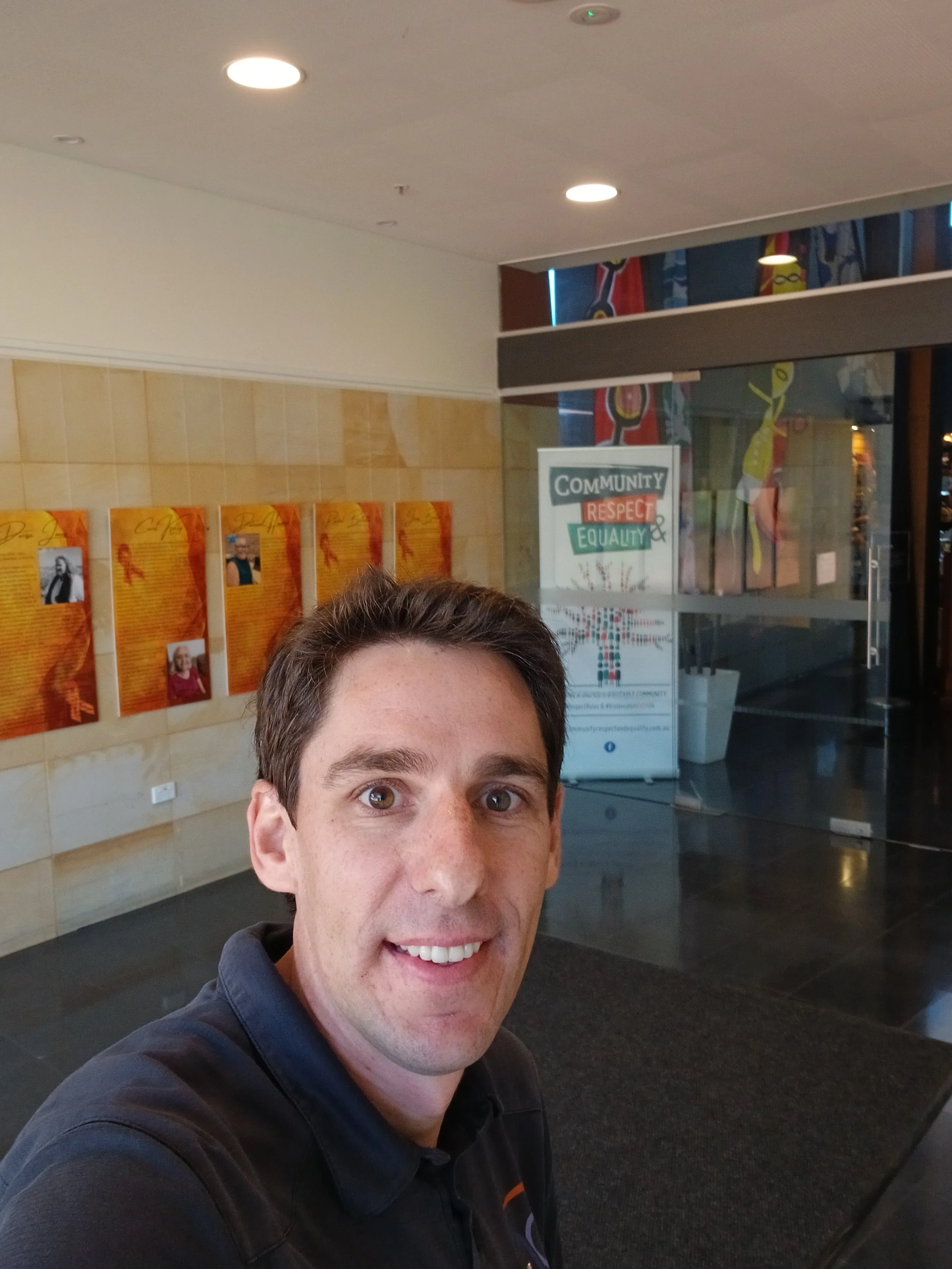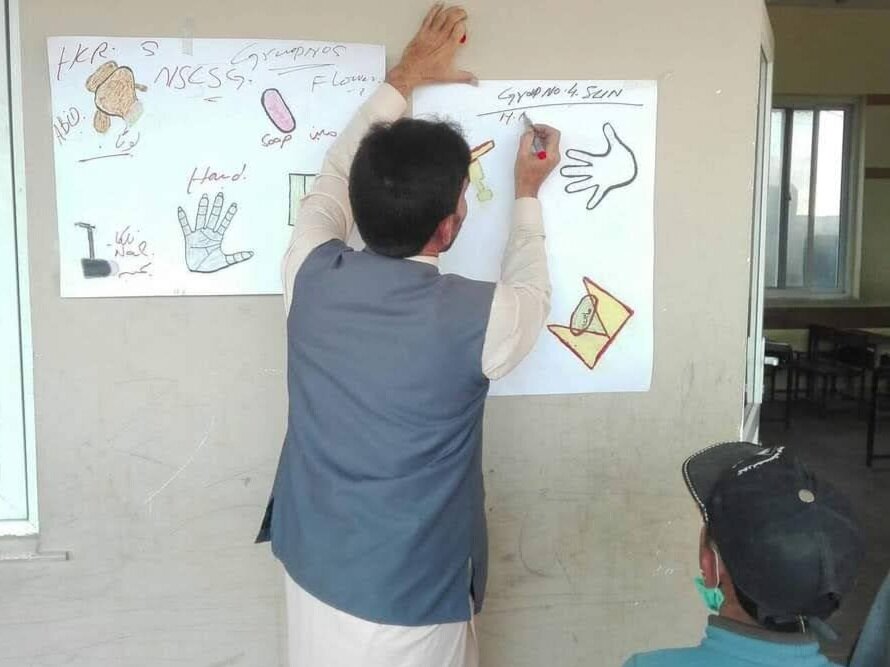At HCR, we have always championed the power of stories to change communities because we see it happen every single day. Stories connect people and start important conversations. When a community sees that momentum building, they do not just watch it, they join it.
Earlier this year, we experienced one of those moments that reminds us exactly why community media exists.
A community member from a prominent local service approached us with an idea:
“I want to record a group of Aboriginal Matriarchs speaking about why we all have a role in preventing family violence. I want to share those stories on the radio, turn their words into artworks, and hold a big launch so we can keep the conversations going… Oh, and we need to do it in three weeks. Can you help?”
My response was simple: Absolutely.
We got straight to work teaching her how to use recording equipment, helping shape interview questions, and most importantly empowering her to lead the process. Within days, she returned with a collection of interviews: raw, personal reflections from women who hold deep cultural authority and community wisdom.
We edited the audio, programmed the stories on Radio MAMA, and soon their voices were heard across the region. Each story advocated for listeners to reflect on their role in preventing family violence. At the end of those three weeks, the team hosted a community dinner honouring the women who had stood up to make a difference. It was a powerful moment of recognition and a reminder that change begins with courageous local voices.
The impact did not stop there.
The Museum of Geraldton saw the momentum and asked if the interviews and artworks could be turned into an interactive exhibition for the state-wide 16 Days in WA campaign. They brought the stories to life through QR codes, displays and hands-on activities, extending the reach far beyond radio alone. The women were proud to see their voices carried into new spaces, heard by new audiences and woven into a broader community conversation.
This is the power of story.
It travels.
It grows.
It moves through mediums, through people and through place.
What began as a simple idea became a multi-layered community movement. Local partners joined in. People shared the stories online and in person. The impact rippled far beyond what any of us first imagined.
Personal, local stories have the power to shift attitudes and strengthen communities. Community media gives those stories a home, a place where they can be heard, valued and amplified. Once they are released into the world, they continue to influence conversations long after the microphone is turned off.
This is why we do what we do because when communities share their own stories, change happens.



















